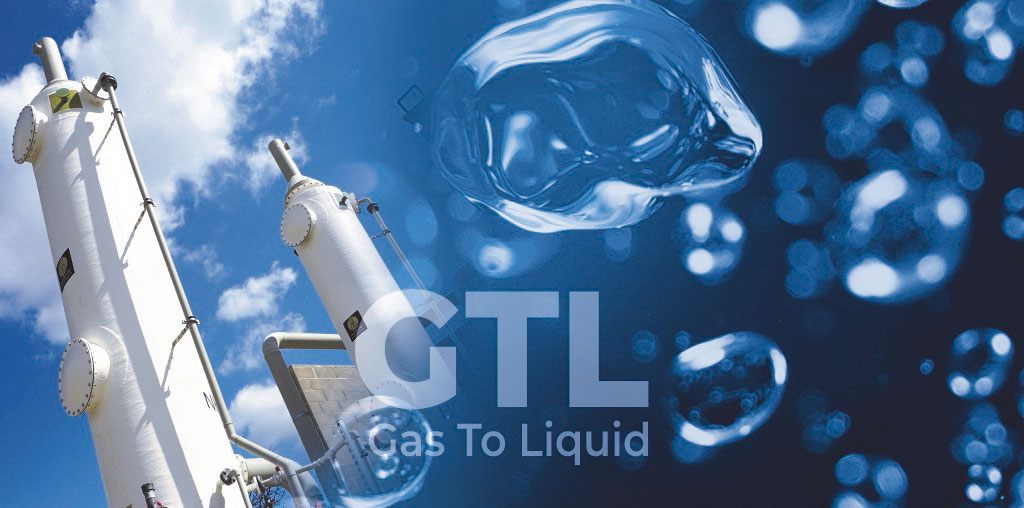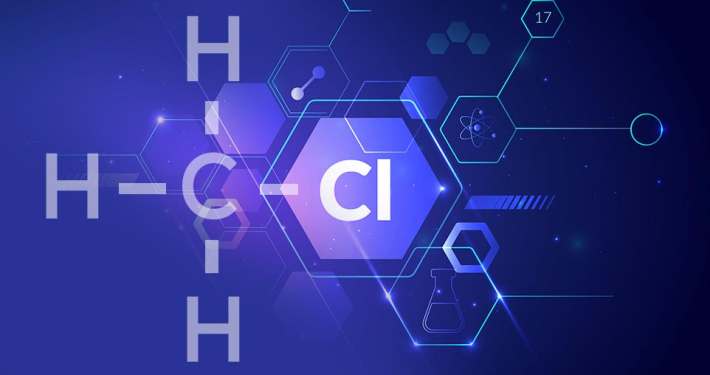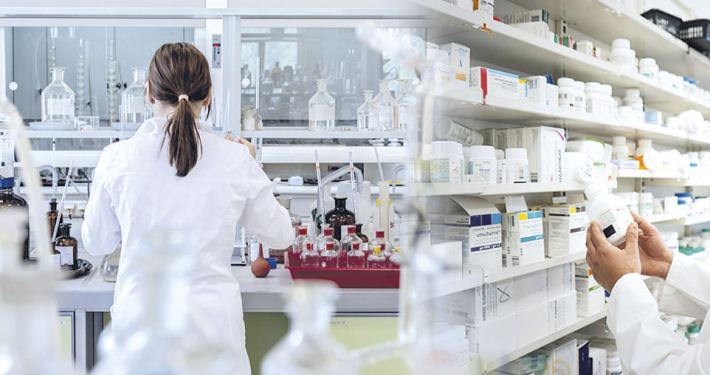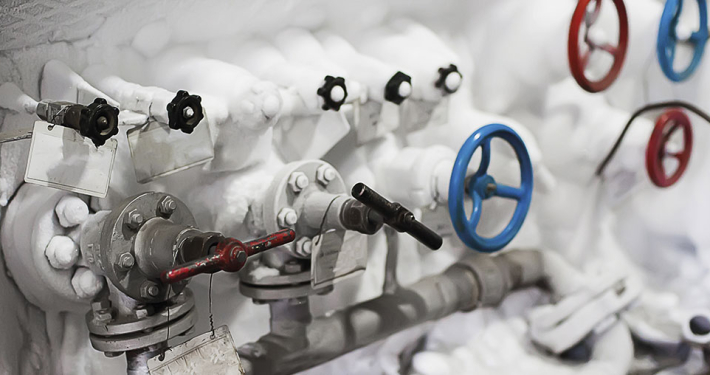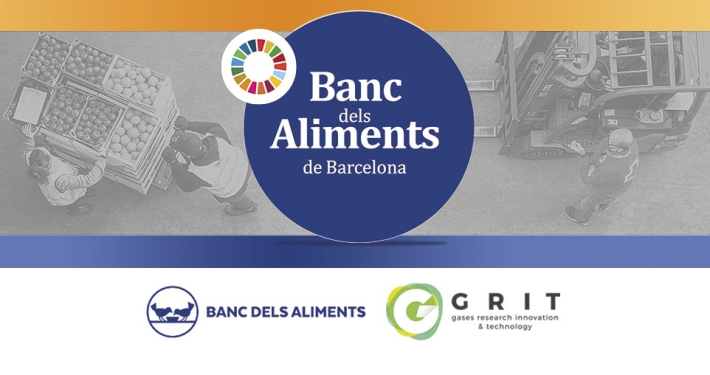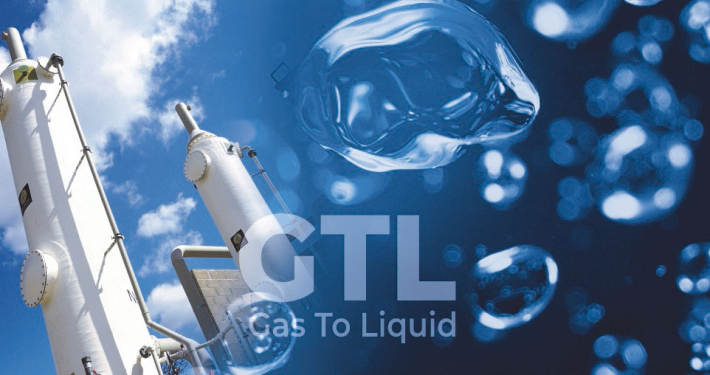Do you know why GRIT dissolves HCl in Organic Solvent and why it is used for?
Hydrogen chloride (HCl) is a versatile solvent for a range of chemical reactions, including acid-catalyzed and nucleophilic substitution reactions. When HCl gas is dissolved in organic solvents, named Gas-to-Liquid (GTL) products by GRIT, it can unleash a plethora of advantages in chemical synthesis and processing.
One of the most notable benefits of using GTL is the increase in reaction rates that arise from the enhanced contact between the reactants and the gas. In the case of HCl this heightened contact can lead to expeditious reaction times and augmented yields, potentially accelerating the synthesis of API and Intermediates.
Additionally, GTL can boost selectivity by controlling the amount and location of gas molecules available for reaction. This aspect can optimize the efficiency of the reaction, minimizing the formation of unwanted by-products and thus reducing waste.
Safety is another advantage of using GTL. Compressed gases can pose a significant risk of fire or explosion, which often necessitate specialized equipment and storage facilities, whereas the use of GTL can mitigate these risks, making this approach more suitable for industrial applications. Moreover, GRIT GTL products offer significant scalability benefits, enabling the maintenance of consistent reaction conditions across large scales. Solvents can be easily circulated through reaction vessels unlike gases.
HCl is a versatile catalyst that can be used in a wide range of organic and inorganic reactions, including hydrolysis of esters or amides, and more. This is why GRIT offers a wide range of Gases dissolved in Organic Solvents specially designed for the Pharmaceutical and Fine Chemical Industry.
_
■ Communication Team


